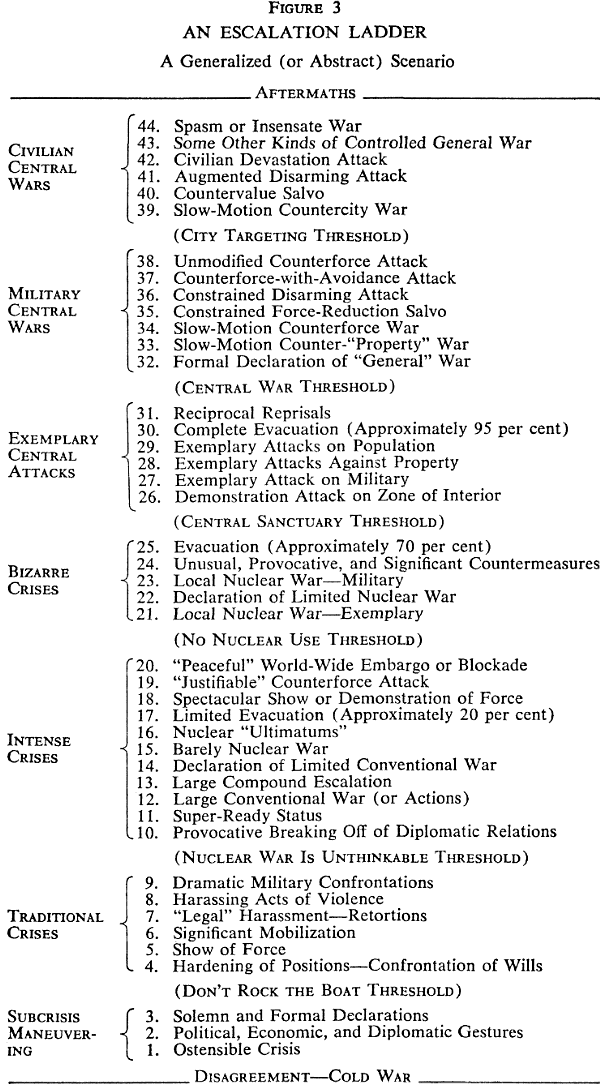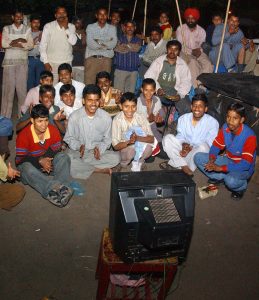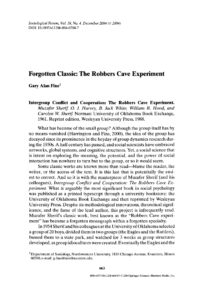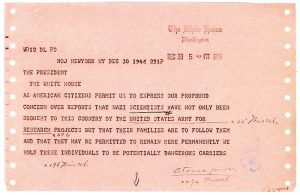Summary
Chapter 5 analyzes the thinking of Herman Kahn, who dared to think the unthinkable. It describes his “America,” which again was that of the golden age of the middle class, but which also overlapped with the sense of malaise that plagued the 1970s. Like the limited war theorists, Kahn agreed military instincts needed to be curbed, and he attempted to counter uncertainty by arguing, largely in vain, that escalation itself was also a bargaining process with systematic waystations or steps embedded along its path. This chapter discusses his model of war’s nature, which, like those of Brodie, Osgood, and Schelling, priviledged war’s political dimension, though he gave policy more agency than did they.

Outside physics and statistics, works written by Kahn include:
- 1960. On Thermonuclear War. Princeton University Press. ISBN 0-313-20060-2
- 1962. Thinking about the unthinkable. Horizon Press.
- 1965. On escalation: metaphors and scenarios. Praeger. ISBN 1-41283004-4
- 1967. The Year 2000: a framework for speculation on the next thirty-three years. MacMillan. ISBN 0-02-560440-6. With Anthony Wiener.
- 1968. Can we win in Viet Nam? Praeger. Kahn with four other authors: Gastil, Raymond D.; Pfaff, William; Stillman, Edmund; Armbruster, Frank E.
- 1970. The emerging Japanese Superstate: challenge and response. Prentice Hall. ISBN 0-13-274670-0
- 1971. The Japanese challenge: The success and failure of economic success. Morrow; Andre Deutsch. ISBN 0-688-08710-8
- 1972. Things to come: thinking about the seventies and eighties. MacMillan. ISBN 0-02-560470-8. With B. Bruce-Briggs.
- 1973. Herman Kahnsciousness: the megaton ideas of the one-man think tank. New American Library. Selected and edited by Jerome Agel.
- 1974. The future of the corporation. Mason & Lipscomb. ISBN 0-88405-009-2
- 1976. The next 200 years: a scenario for America and the world. Morrow. ISBN 0-688-08029-4
- 1979. World economic development: 1979 and beyond. William Morrow; Croom Helm. ISBN 0-688-03479-9. With Hollender, Jeffrey, and Hollender, John A.
- 1981. Will she be right? The future of Australia. University of Queensland Press. ISBN 0-7022-1569-4. With Thomas Pepper.
- 1983. The Coming Boom: economic, political, and social. Simon & Schuster; Hutchinson. ISBN 0-671-49265-9
- 1984 Thinking about the unthinkable in the 1980s. New York: Simon and Schuster. ISBN 0-671-47544-4
- The nature and feasibility of war, deterrence, and arms control (Central nuclear war monograph series), (Hudson Institute)
- A slightly optimistic world context for 1975–2000 (Hudson Institute)
- Social limits to growth: “creeping stagnation” vs. “natural and inevitable” (HPS paper)
- A new kind of class struggle in the United States? (Corporate Environment Program. Research memorandum)



![Manufacturing consent e832b3072cf0093ecd0b4401ef444f94eb6ae3d01db2144493f7c17d_640[1]](https://cognitive-liberty.online/wp-content/uploads/e832b3072cf0093ecd0b4401ef444f94eb6ae3d01db2144493f7c17d_6401-300x200.jpg)



![Coup d'état 1024px-Eugène_Delacroix_-_Le_28_Juillet._La_Liberté_guidant_le_peuple[1]](https://cognitive-liberty.online/wp-content/uploads/1024px-Eugène_Delacroix_-_Le_28_Juillet._La_Liberté_guidant_le_peuple1-300x241.jpg)
![Chomsky & Herman propaganda model noam-chomsky[1]](https://cognitive-liberty.online/wp-content/uploads/noam-chomsky1-200x300.jpg)
![University of Alaska Fairbanks WTC7 9/11 study Velocityvstime[1]](https://cognitive-liberty.online/wp-content/uploads/Velocityvstime1.png)
![Annie Jacobsen: Inside DARPA - The Pentagon's Brain 450px-Annie_Jacobsen_0373[1]](https://cognitive-liberty.online/wp-content/uploads/450px-Annie_Jacobsen_03731-225x300.jpg)


![Manufacturing consensus ea32b10b28fd093ecd0b4401ef444f94eb6ae3d01db3154994f4c870_640[1]](https://cognitive-liberty.online/wp-content/uploads/ea32b10b28fd093ecd0b4401ef444f94eb6ae3d01db3154994f4c870_6401-300x200.jpg)
